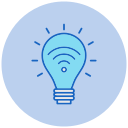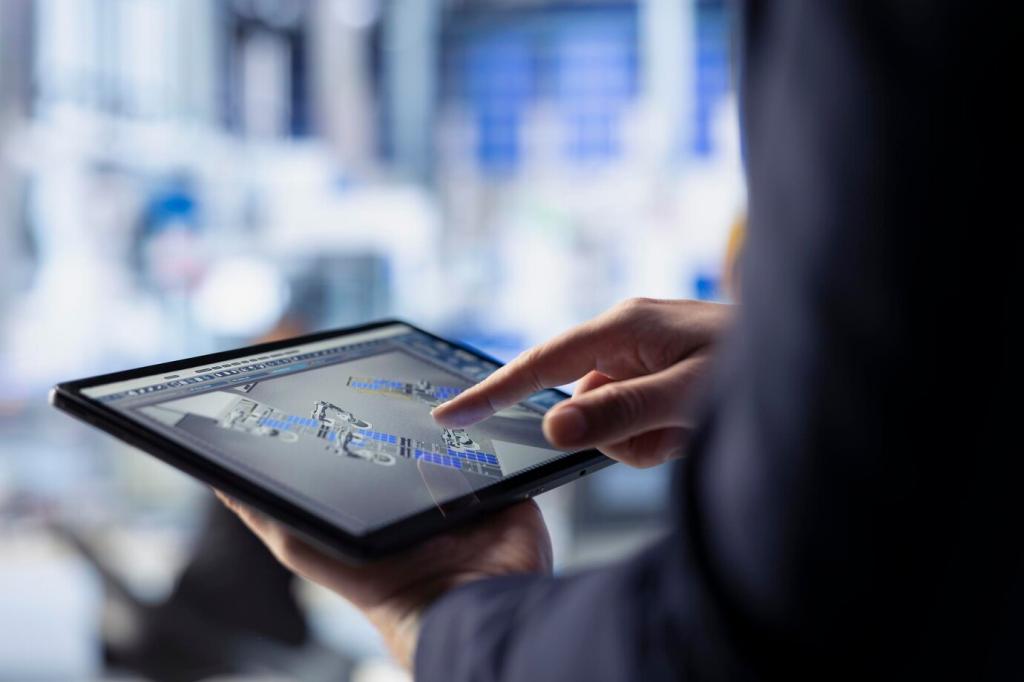
Cutting-Edge Applications of Smart Home Tech
The rapid evolution of smart home technology is transforming daily living through convenience, connectivity, and enhanced security. Modern homes are becoming ever more intelligent, seamlessly integrating devices and systems to create highly efficient, personalized environments. From voice assistant integration to predictive energy solutions, the latest advancements in smart home technology offer homeowners newfound control over their living spaces. This exploration delves into the most cutting-edge applications driving the future of smart homes, demonstrating how advanced systems are reshaping comfort, sustainability, and safety at home.
Intelligent Environmental Control
Adaptive Climate Systems
Adaptive climate control systems analyze occupant preferences, external weather forecasts, and real-time room usage to optimize temperature settings throughout a home. Machine learning algorithms enable these systems to learn seasonal habits and predict when certain rooms require heating or cooling, delivering efficiency and targeted comfort. Over time, these intelligent networks create an ideal indoor climate with little manual intervention, lowering overall energy consumption and contributing to significant cost savings for homeowners.
Dynamic Lighting Automation
Modern smart lighting solutions incorporate occupancy sensors, daylight harvesting, and circadian rhythm algorithms to automatically adjust brightness and color temperature according to the time of day, activity type, and personal preferences. For example, lights may dim and become warmer in the evening to promote relaxation, or brighten with cool tones for increased focus during the day. With seamless integration into the home’s ecosystem, lighting adapts fluidly to lifestyle patterns, thereby enhancing wellbeing, energy efficiency, and aesthetic appeal.
Air Quality and Ventilation Management
Sophisticated air quality monitors and smart ventilation systems work collaboratively to ensure optimal indoor air. These devices detect pollutants, allergens, and humidity levels, triggering air purifiers or ventilation fans as needed. When integrated with smart HVAC, they can even adjust airflow to individual rooms based on occupancy and air quality readings. By maintaining clean, fresh air in every corner of the home, these technologies not only boost health but also empower users with actionable insights and automated safeguards.
Previous slide
Next slide
Multi-Room Audio and Video
High-fidelity audio and ultra-high-definition video can now be routed throughout the home with stunning synchronization and minimal user input. Personalized playlists, streaming content, or live broadcasts are seamlessly distributed to multiple rooms, with each zone customizable for volume or source. These unified entertainment systems bring unprecedented flexibility and accessibility, allowing users to enjoy content wherever they are without technical hurdles or manual switching.
Interactive Home Theaters
Today’s smart home theaters combine adaptive lighting, immersive audio, motorized blinds, and large-format displays to deliver cinema-quality viewing right at home. Integrated voice and app controls provide effortless management of playback, lighting ambiance, and even seating adjustments. Systems can remember user profiles and automate settings based on the type of content or time of day, elevating both the comfort and quality of the home entertainment experience.
Personalized Content Recommendations
Smart entertainment platforms analyze viewing and listening habits, cross-reference trends, and employ machine learning to continuously refine content suggestions for every household member. These systems go beyond basic algorithms, considering context like time of day, company, and mood. The result is an ever-evolving selection of movies, music, and shows that cater to unique tastes—making discovery intuitive and enjoyment boundless.
Personalized Health and Wellness Monitoring
Smart Sleep Optimization
Intelligent beds, ambient lighting, and environmental sensors combine to create optimal sleeping conditions catered to each user’s sleep cycle and preferences. These solutions monitor sleep patterns and adjust temperature, humidity, and noise levels automatically to minimize disturbances. Over time, smart systems provide data-driven advice and enhancements, helping residents achieve restorative, high-quality sleep crucial for long-term wellness.
Fitness Integration
Connected workout equipment, smart mirrors, and digital coaches are now seamlessly incorporated into the home, providing personalized fitness experiences without ever leaving the residence. These platforms track biometric data, suggest routines, and even synchronize with wearables to provide real-time feedback and progress tracking. By democratizing access to custom training, rehabilitation, or mindfulness sessions, smart fitness solutions empower users to achieve health goals more efficiently.
Wellness Monitoring and Alerts
Continuous monitoring of health metrics—ranging from heart rate to indoor air quality—enables early detection of potential health issues. Smart devices can send personalized alerts or reminders regarding medication, hydration, or even posture. For households with vulnerable individuals, such platforms can automatically notify caregivers or emergency services when needed. This comprehensive, integrated approach helps maintain day-to-day wellness and offers peace of mind for both users and their families.
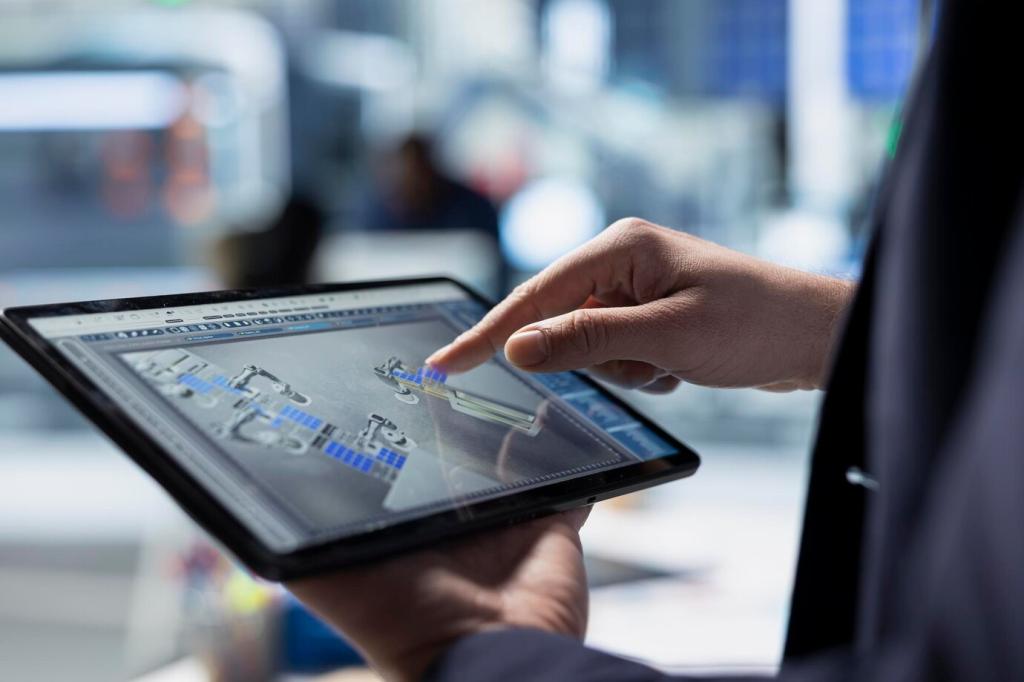
Intelligent Power Usage Tracking
Contemporary energy management platforms monitor the real-time consumption patterns of every device and system in the home. Residents are provided with easily understandable analytics on high-usage periods, device efficiency, and potential savings. By leveraging these insights, homeowners can make informed decisions about energy-intensive appliances or adjust habits to minimize wastage, all while optimizing comfort.

Automated Appliance Scheduling
Smarter home systems can synchronize high-energy tasks, such as laundry or dishwashing, with off-peak electricity rates. Through predictive scheduling and user-defined preferences, these platforms automate appliance operation for maximum efficiency and minimal cost. This not only reduces utility bills but also relieves residents from the micromanagement of mundane household tasks, creating a seamless and efficient living environment.
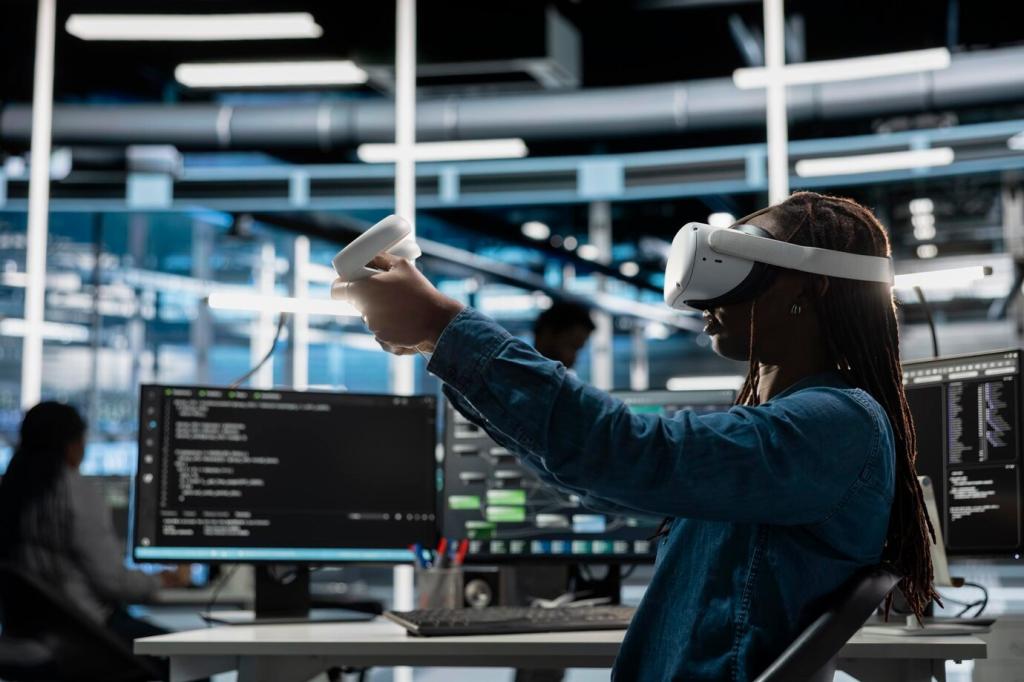
Integration with Renewable Energy Sources
As solar panels, battery systems, and other renewables become increasingly affordable, new smart home platforms are designed to manage generation, storage, and usage seamlessly. These systems prioritize renewable input when available, shift loads to coincide with surplus generation, and even sell excess power back to the grid. The result is an environmentally friendly, economically sound, and self-reliant approach to home energy management.
Smart Kitchens for Modern Living
Intelligent ovens, cooktops, and refrigerators now integrate with mobile apps and voice assistants to provide recipe guidance, ingredient tracking, and progress updates. Home cooks can remotely preheat ovens, monitor internal temperatures, or receive step-by-step instructions from professional chefs. This level of connectivity not only expands culinary horizons but also helps prevent overcooking and reduces waste by tracking perishables and meal planning suggestions.
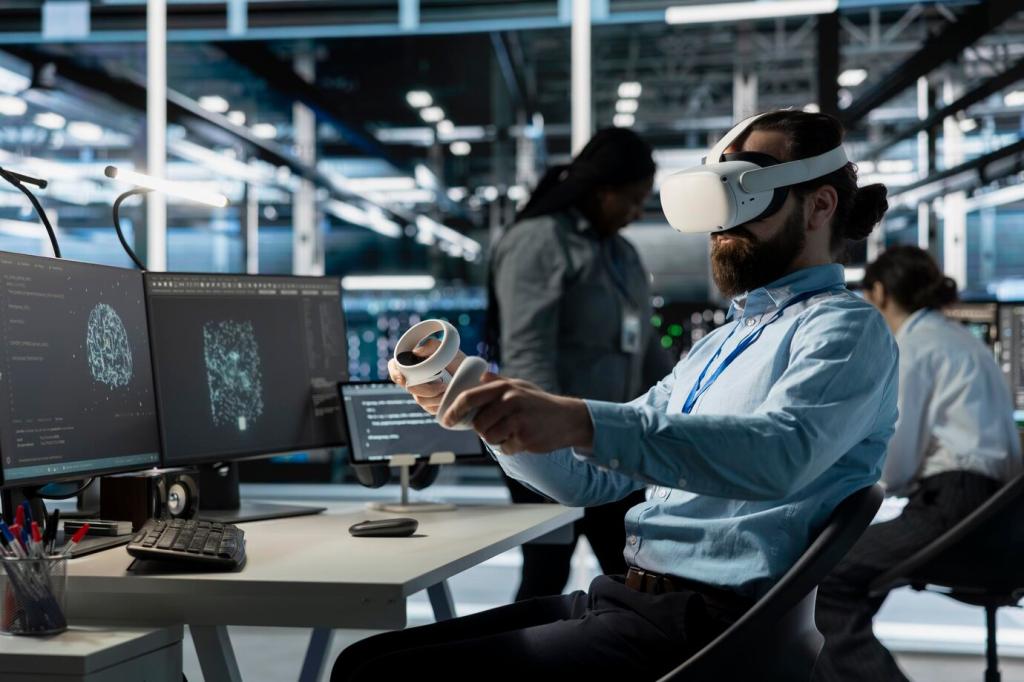
Home Office Optimization
Adaptive Workspace Ergonomics
Smart desks and chairs now adjust automatically to optimal ergonomic settings based on user profiles and activity tracking. Integrated posture sensors provide gentle reminders to stand, stretch, or reposition in order to reduce fatigue and prevent long-term health issues. By making wellness a seamless part of the workday, these devices empower users to stay focused, healthy, and productive throughout their working hours.
Intelligent Collaboration Tools
Next-generation collaboration tools in the smart home office include automated camera tracking, acoustic optimization, and virtual whiteboards that integrate with global conferencing platforms. These technologies foster more natural, interactive, and productive communications with colleagues and clients, regardless of where participants are located. Seamless scheduling integrations and workflow automations further minimize downtime, freeing up valuable time for creative and strategic work.
Distraction-Free Work Environments
Ambient lighting, temperature, and sound can all be modulated via smart controls tailored for deep focus or important meetings. Noise-canceling systems, personalized soundscapes, and “do-not-disturb” automation help carve out a distraction-free sanctuary within the bustling home. By creating finely tuned micro-environments, smart technology ensures that every home office remains a hub of professional performance.
Real-Time System Monitoring
Smart sensors continuously monitor the performance and condition of critical systems, from plumbing and HVAC to electrical wiring and major appliances. By collecting and analyzing operational data, these systems can pinpoint irregularities or signs of wear long before they become problematic. Homeowners receive timely alerts and actionable insights, allowing issues to be addressed proactively rather than reactively, translating to significant long-term savings.
AI-Driven Diagnostics
Machine learning models digest historical and real-time data to identify patterns that precede common malfunctions or inefficiencies. These platforms can suggest maintenance schedules tailored to actual usage, recommend specific repairs, and connect residents directly with trusted service professionals. By demystifying complex home systems and providing targeted suggestions, AI-driven diagnostics take the guesswork out of home maintenance.
Automated Maintenance Scheduling
Integrated platforms can coordinate routine maintenance, order replacement parts, and even schedule service appointments automatically. Residents no longer need to keep paper records or remember manufacturer recommendations—systems do the legwork, ensuring every component is serviced at the ideal interval. This not only preserves the operational health of the home but also frees residents from tedious, time-consuming administrative tasks.
